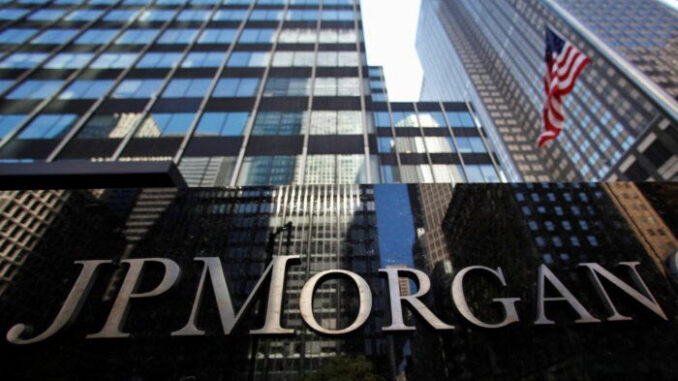
Last Monday, when discussing Morgan Stanley well-known uber-bear Michael Wilson’s doubling down on his “tactical rally” call (as a reminder, he now expects that S&P to hit 4,000-4,150), we wrote that “Wilson is doubling down on his shift away from uber-bear to not just tactical bull, but full-blown bull, a transformation predicated by Morgan Stanley’s house view that both yields and the dollar have peaked. Of course, if that is indeed the case, then with both yields and dollar sliding, it’s virtually inevitable that the bear market ends somewhere here, because even as earnings slide, PE multiples start expanding again. Of course, Wilson won’t admit any of that just yet (keep an eye on his tone in coming weeks) and instead when sharing his feedback to last week’s notable call as well as color on where Wilson thinks the markets will trade from here, he writes what we first noted more than two weeks ago, namely that the meltup is all in the technicals.”
We didn’t have long to wait, because just two days later Wilson, who correctly predicted this year’s slump, told Bloomberg that he believes the bear market in US equities may conclude sooner than investors think.
Once again unexpectedly echoing everything that BofA’s Michael Hartnett – who is the true forecasting superstar of 2022 – has said this year and more specifically, Hartnett’s latest forecast that the “big rally” hits in H1 2023…
… Wilson told BBG TV that “ultimately the bear market will be over probably sometime in the first quarter” although since Morgan Stanley still hasn’t even bothered to make a recession its base case, he naturally had to CYA, adding that “all of this is subject to revision. I want to make clear, if the market starts trading off again and the S&P 500 blows through 3,650 on the downside, we will be bearish again.”
In other words, if stocks keep going up, Mike will stay bullish; if they drop, he will turn bearish. Which may or may not be useful information.
As a reminder, Wilson, who was ranked the best portfolio strategist in the latest Institutional Investor survey, said a 19% slump in the S&P 500 Index this year has left it testing support at its 200-week moving average of around 3,600, which could lead to a technical recovery. The S&P 500 has rallied nearly 6% since Oct. 12, when it closed at lowest since November 2020, just days before Wilson (echoing Hartnett before him, and the opposite of Kolanovic who had just turned bearish) predicted a meltup.
Which is not to say that stocks will be at 5,000 this time next year: Wilson is anticipating more pain for equities by the second half of 2023, and Morgan Stanley is forecasting that the S&P 500 will close at 3,900 by next June, according to the latest Bloomberg survey conducted in mid-October. Ultimately, he sees the broad equities benchmark bottoming around 3,000-3,200, although as we will discuss in a note later today, in the latest Morgan Stanley Sunday Start, Wilson writes that “inflation has peaked and is likely to fall faster than most expect, based on M2 growth. This could provide some relief to stocks in the short term as rates fall in anticipation of the change. Combining this with the compelling technicals, we think the current rally in the S&P 500 has legs to 4000-4150 before reality sets in on how far 2023 EPS estimates need to come down.”
In short: the bear market ends in Q1, 2023 but then stocks could go up or down – depending on where earnings guidance comes out – or as he puts it, “we’re probably more bearish than most for the outlook next year,” although he thinks “this tactical rally is going to be big enough to try and pivot and trade it.”



